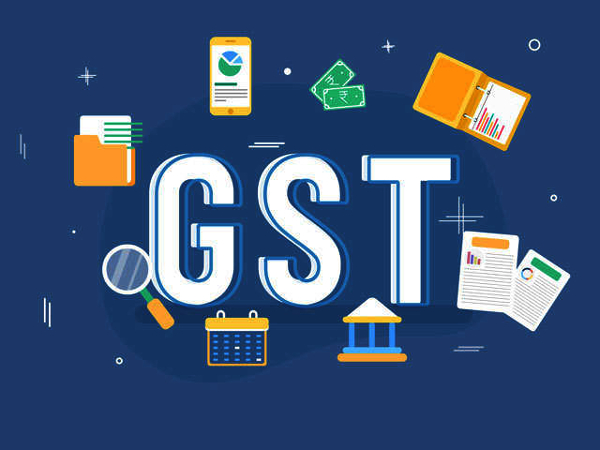Goods and services tax (GST) collection crossed Rs 1 trillion for a third straight month in May, posting over 6 per cent growth year-on-year, but revenue collection might still pose a challenge for the new finance minister, Nirmala Sitharaman, with the Central GST target for FY20 being 35 per cent higher than the last year.
Indicating the stabilisation of the two-year-old indirect tax regime, the gross GST collection in May stood at Rs 1 trillion (Rs 1,00,289 crore) as against Rs 94,016 crore in May 2018, according to a release by the finance ministry on Saturday. It was, however, lower than the previous month’s all-time high mop-up of Rs 1.13 trillion.
Despite a steady collection rate, the government faces a steep Budget target of Rs 6.1 trillion for CGST for 2019-20. In FY19, CGST collection had fallen 9 per cent short of the revised collection target of Rs 5 trillion, at Rs 4.5 trillion.
“The stiff GST revenue targets for the current year would make it essential to consider further measures to plug revenue leakages and enhance revenues,” said M S Mani, partner, Deloitte India.
Pratik Jain, partner, PwC India, said: “While the collection has crossed 1-trillion mark, it’s only 2.2 per cent higher than average monthly collection of FY19. The government would need to explore immediate measures to garner more revenue or taper down the projection in the upcoming Budget.”
The next meeting of the GST Council under the new chairman, Finance Minister Sitharaman, is expected by mid-June, which might discuss measures to boost revenue collections. Besides, it is expected to take up issues like e-invoicing, uniform tax on lottery, and GST on solar projects, among others.
The sustained momentum in collection despite recent rate rationalisation could be credited to the better use of intelligence and introduction of e-way bill system last year.
CGST revenues in May 2019 stood at Rs 17,811 crore, State GST at Rs 24,462 crore, and Integrated GST at Rs 49,891 crore (including Rs 24,875 crore collected on imports) and Cess collection at Rs 8,125 crore (including Rs 953 crore collected on imports), according to the government data.
A total of 7.24 million GSTR-3B returns were filed in the month of May, higher than 7.21 in April.
After the settlement of Integrated GST as a regular settlement and the balance IGST in a 50:50 ratio between the Centre and states on a provisional basis, the CGST stood at Rs 35,909 crore and SGST at Rs 38,900 crore.
Tax evasion may get tougher going ahead with the GST Network (GSTN) and the income-tax department getting into a memorandum of understanding to facilitate exchange of data between the two. The information exchange between the two authorities under the department of revenue will help nab tax defaulters and evaders.
Revenue in May 2019 is 2.21 per cent higher than the monthly average of GST revenue in FY 2018-19 (Rs 98,114 crore). The Centre has released Rs 18,934 as GST compensation for the states for the months of February-March 2019.
“The normal continuing trend of collections above 1 trillion signifies the growth story of GST and also the reaping benefits of this new tax era. While the last two months had witnessed higher growth on account of year end collections, the increase vis-a-vis May 2018 signifies good growth,” said Abhishek Jain, partner, EY.
The GST Council had in its December 2018 meeting cut GST rates on 23 goods and services, including movie tickets, TV and monitor screens and power banks and exempted frozen and preserved vegetables from the levy.
Source:Business Standard
Image Courtesy: ET
You may also like
-
Trade Connect E-platform For Exports Is Single Window, Fast, Accessible And Transformational: Shri Piyush Goyal
-
Dot Simplifies Approval Processes For Telecom Licenses And Wireless Equipment
-
Coal Production and Supply Trends on Positive Trajectory
-
Union Minister To Release Booklets On Promotion Of Indigenous Species & Conservation Of States Fishes
-
2nd India-Japan Finance Dialogue held in Tokyo on 6th September, 2024
